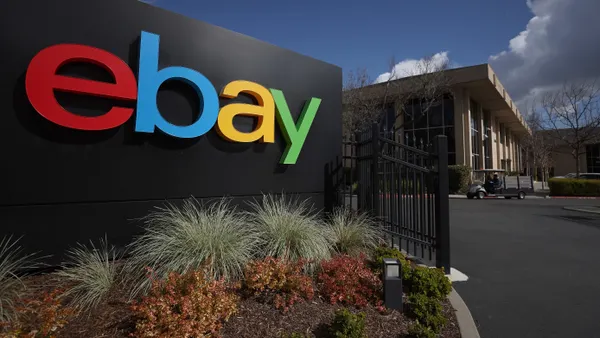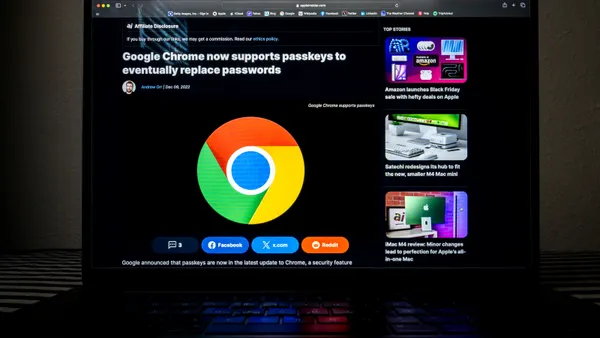Dive Brief:
-
Both Overstock and Wayfair this week announced the latest versions of their Android mobile apps with augmented reality capabilities built on Google's ARCore platform, according to separate press releases from retailers.
-
Each app can now reach more than 100 million Android devices in circulation. ARCore requires the Nougat 7.0 operating software, which is supported in more than a dozen different device families from several different Android device makers.
-
Both apps also take advantage of key advances in ARCore, such as motion tracking technology, which uses camera-based sensors to provide an understanding of the device's location and orientation within a given space; horizontal and flat surface detection; and the ability to estimate lighting conditions.
Dive Insight:
These rollouts come just a few days after DA Davidson downgraded Wayfair's stock and published a report suggesting Wayfair and Overstock may be due for intensified competition with one another as the latter looks to compete in the online home furnishings space to help it rebound from struggles in other segments.
That makes an AR–enabled app for Android something like table stakes in the competitive fight between these two companies. There are already a lot of AR apps around, many of them being offered by retailers in the home furnishing market and related sectors — a state of affairs which might already be starting to mitigate the value of AR apps as competitive sales differentiators for retailers.
However, customers are only just starting to become familiar with these apps. AR apps represent not just a competitive game piece for retailers, but also one of the many mobile market battlefields on which Google and Apple are fighting their ongoing war – Android vs. iOS. In AR, Google drew some early attention with Tango, the predecessor to ARCore. Wayfair's very first AR app and some other early retailer AR apps were built on Tango, but Tango ran on just a few devices.
Most of the AR apps we see across retail now have emerged in the last seven to eight months, and were built using Apple's ARkit, a platform which became available from Apple last year, and which Wayfair and Overstock were both quick to take advantage of. With the ability to run on many later-model iPhones, ARkit boosted the potential number of users for AR apps well into the millions (although it should be noted that we haven't seen any figures yet for how many people have actually tried the apps).
Google ARCore now pushes the potential market of devices and users armed with AR apps past 100 million. This readiness to play in the broader Android device market is what the providers of AR apps have been waiting for. Many more companies in retail and other industries are sure to do exactly what Overstock and Wayfair have done, and AR could very soon become a must-have for retailers in certain segments.
Throughout the year, as the number of retail AR apps continues to grow, and those apps become available on more phones and to a greater number of users, the pressing questions will likely become: Is anyone using retailer AR apps, and are they making a difference in sales, customer experience or customer loyalty?











